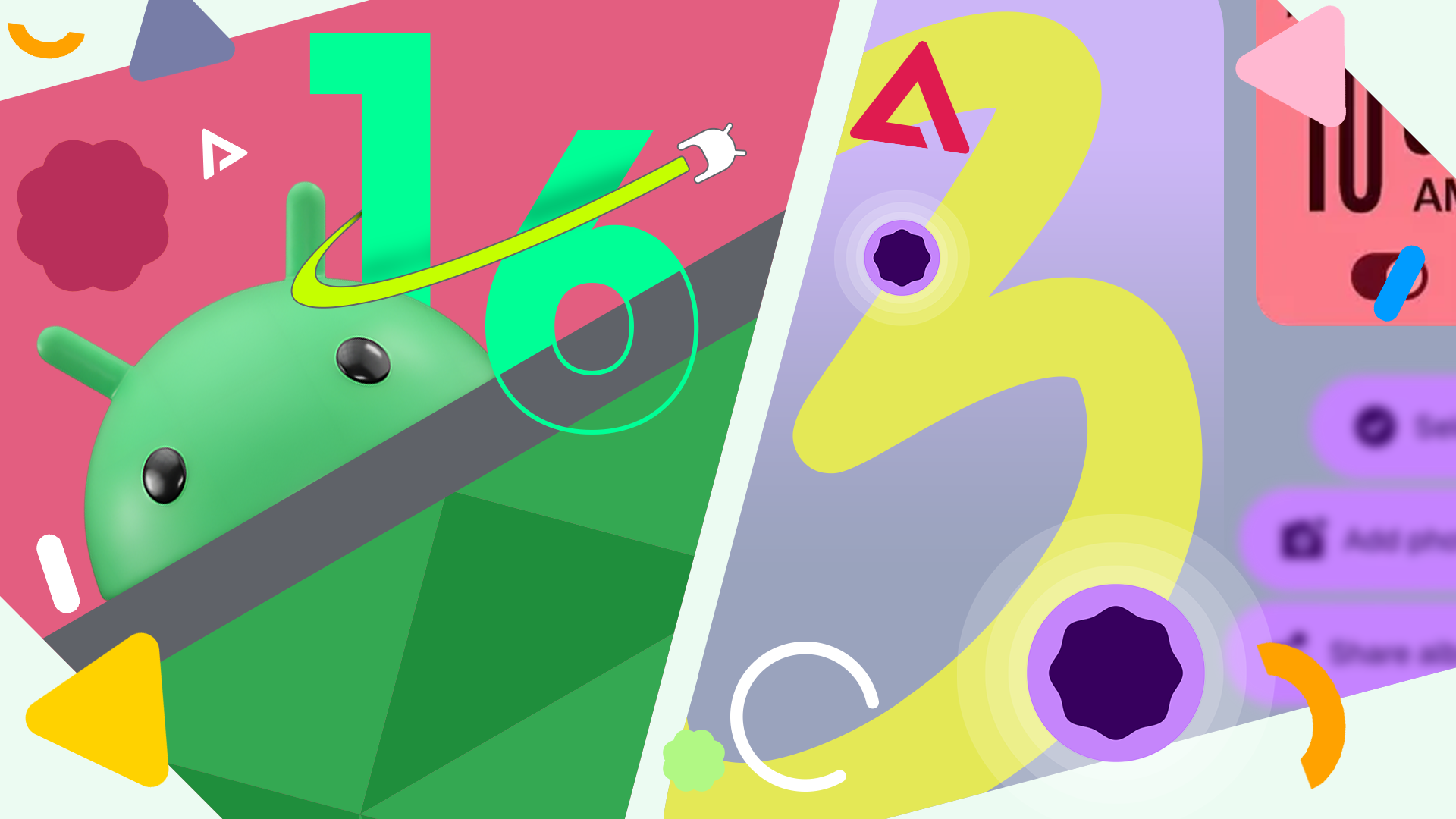Android 16 is packed with nifty features. While most of these add-ons are helpful and handy, Google’s latest operating system introduces a puzzling change to notification management. What was once a simple, intuitive long press to silence or manage alerts has evolved into a choice between Dismiss and Turn off. It’s causing frustration in my daily workflow.
This subtle split introduced a layer of complexity that left many users scratching their heads. Since you can’t change or turn off the behavior, it creates a frustrating experience if you want to turn off alerts from a specific app or service.
A major change to the Quick Settings panel
Before Android 16, I could long press a notification, find the Turn off Notification option, and boom – peace and quiet. It was simple, effective, and stuck in my muscle memory. Then Android 16 rolled out, and Google decided to tweak a perfectly good system with the Quick Settings panel.
Now, when I long tap an alert, instead of the familiar single option, the system displays two options: Dismiss and Turn off. It’s a constant source of frustration.
Here’s a real-life scenario. I was in a meeting, and my phone kept buzzing with updates from a group chat I’m in for a project. It wasn’t urgent, and it was distracting. My instinct, as it always has been, was to pull down the notification shade, long press one of those annoying chat bubbles, and turn off its notifications. Then I saw it: Dismiss and Turn off.
My mind started racing. Dismiss? Does that clear it from the shade, or does it stop future ones? Since I can swipe to dismiss, why is it an option? Turn off sounds like what I want, but is Dismiss now some new, temporary muting option? Instead of quickly silencing my phone, I ended up taking longer than necessary.
It’s this kind of unnecessary overthinking for a basic function that grates on me. After all, the ability to swipe an alert away to dismiss it already exists.
Differences between Dismiss and Turn off
Let me break down the difference and show when to use each option. When you select Dismiss, you tell the system to clear that notification from your notification shade. Think of it as a deliberate version of swipe. The system doesn’t prevent the application from sending you further notifications. It’s a temporary removal of an alert that you have seen and no longer need to keep visible.
Suppose I receive a notification from a news app about a breaking story. I read the headline and decide I don’t need to tap it to read the full article right now, nor do I want it cluttering my notification shade. However, I want to receive future breaking news alerts from this app. In this case, I long press the notification and choose Dismiss. The notification disappears, but the app’s notification settings remain unchanged.
Turn off is the more impactful action. When you select it, the app displays notification channels (if an app supports it). Let’s say I download a new mobile game, and after playing it for a bit, I decide it’s not for me. However, the game continues to send me daily notifications about rewards and new levels.
These notifications are no longer relevant, and I want them to stop. In this situation, I long press one of those game notifications and select Turn off. In several apps (like Instagram), you may see notification channels that you can deactivate. This is the crucial difference: Turn off is about stopping the source, while Dismiss is about clearing a single instance.
Need to get used to it
The change in how long pressing a notification functions in Android 16 requires an adjustment period. Now, with the Dismiss and Turn off options presented side by side, it’s clear that this habit needs to evolve. I need to train myself to view the long press as a gateway to more detailed notification management.
My Android 16 nightmare
As more users experience this Dismiss vs. Turn off difficulty and express their frustration through feedback channels, the Android team will likely re-evaluate the design. I remain optimistic that in a future update, whether it’s a minor patch or an Android iteration, Google will revert to a more streamlined notification management system.
Notification is one area where Android has always had the upper hand over iOS. Aside from an irritating notification change, Android 16 also brought several other confusing tweaks. Here are the Android 16 features I recommend turning off on your device.



